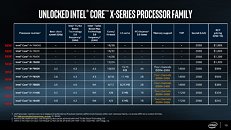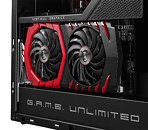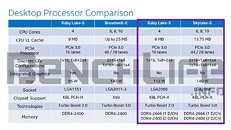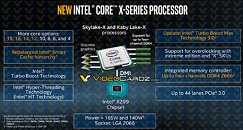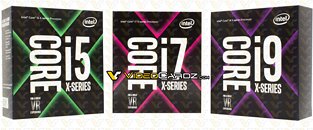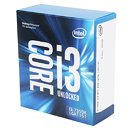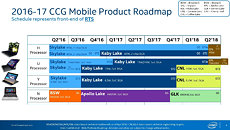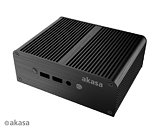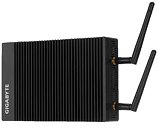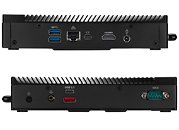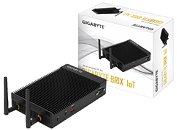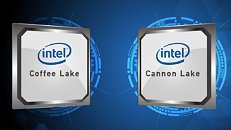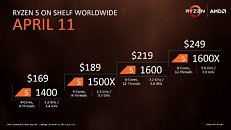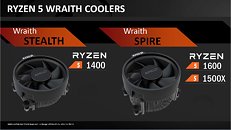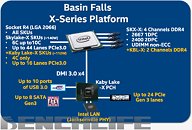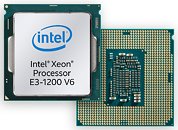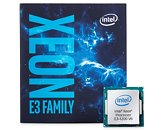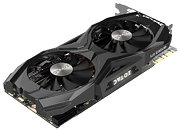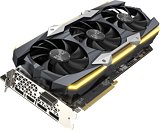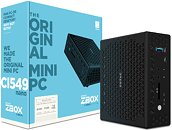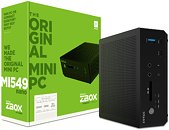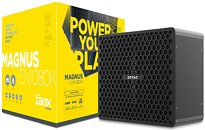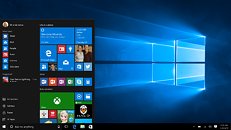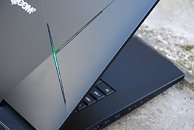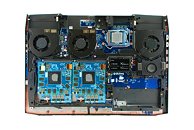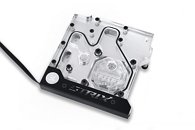
Core i9-7900X Skylake-X Review Shows Up
An Intel Core i9-7900X has appeared for a full review at the site Hexus.net. Spoiler alert, it clocks to 4.7 GHz on all ten cores with relative ease (only taking 1.25 V, apparently, though it racked up nearly 100°C in Cinebench at that voltage).
The review praised Intel's overclocking headroom and general muscle in a mostly positive review. Still, not all is rosy in Intel land. They found performance per watt to not have improved much if at all, criticized the high price tag, and Hexus.net had the following to say about the overall experience:
"X299 motherboards don't appear to be quite ready, there are question marks surrounding the Skylake-X processors due later this year, and at the lower end of the Core X spectrum, Kaby Lake-X is nothing short of puzzling."
The review praised Intel's overclocking headroom and general muscle in a mostly positive review. Still, not all is rosy in Intel land. They found performance per watt to not have improved much if at all, criticized the high price tag, and Hexus.net had the following to say about the overall experience:
"X299 motherboards don't appear to be quite ready, there are question marks surrounding the Skylake-X processors due later this year, and at the lower end of the Core X spectrum, Kaby Lake-X is nothing short of puzzling."
